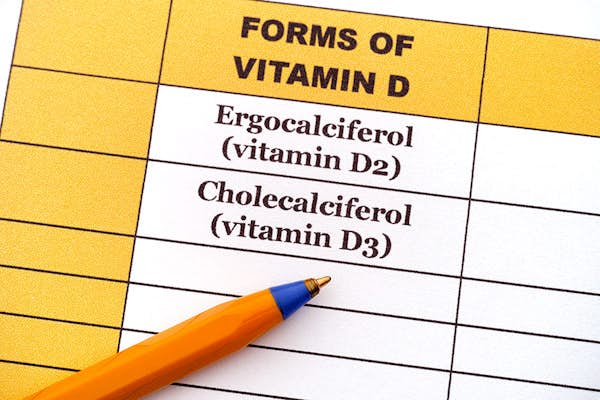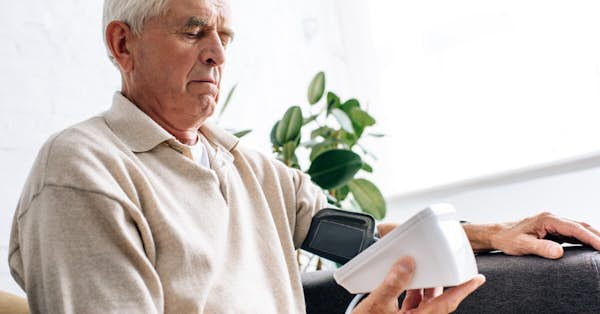
Have you ever lost your step on a slippery sidewalk or tripped over your dog’s chew toy while navigating to the bathroom at night?
I can tell you from experience that you are not alone, my friend. I’ve had my share of spills, and unfortunately balance issues intensify as we age.
What’s more, falling can result in lifechanging injuries for seniors, including hip fractures and head injuries. According to the Centers for Disease Control and Prevention, falls are among the biggest killers of older adults.
Recently, I came across a pair of studies published in the June 4, 2019 Journal of the American Medical Association that not only shed light on this growing problem, but also provide some tips on what we can do. . .
The first study offers some sobering news.
Researchers found that fatal falls have nearly tripled in older Americans in recent years, rising to more than 25,000 deaths yearly. Of course, this is linked to the soaring number of seniors.
The new analysis included 16 years of U.S. vital statistics on adults aged 75. Fatal falls increased from 8,600 in 2000 to 25,190 in 2016. That’s nearly triple!
“Deaths from falls may have increased because older people are living longer, living longer independently, and are living longer with chronic conditions,” said Elizabeth Burns, a study co-author.
Second Study Offers Hopeful News!
Researchers randomly divided 345 older adults who'd suffered a fall into two groups. The folks in one group participated in a home-based program involving strength and balance exercises three times per week plus a 30-minute walk twice a week.
The people in the comparison group were asked not to exercise. What did the researchers discover after a year of study? The exercise group experienced a whopping 36 percent fewer falls than the non-exercise group.
Wondering what I should suggest to my readers, I decided to touch base with a 73-year-old colleague of mine, Wendy Elwyn.
Wendy is an American Council on Exercise (ACE) certified personal trainer who has found her niche working with special populations. She teaches weekly group balance classes at senior living centers and gyms.
“Everyone who takes balance classes thinks more about balance,” she says. “With confidence I can say that if you use your balance, you won’t lose your balance.”
Indeed, this energetic former flight attendant can share a long list of inspiring balance success stories ranging from a woman with Parkinson’s to a 92-year-old gentleman.
“Good balance benefits coordination, improves motor skills, enhances independence and well-being and aids in the activities of daily living,” Wendy explains.
But what if you aren’t lucky enough to have balance classes offered at your gym, YMCA or senior center?
Here are Three of Wendy’s Favorite at-Home Exercises.
- One Leg, One Toe
A good starting point is the Single Leg Stand with one toe. Stand holding onto the kitchen counter (for example) and shift your weight from side to side, putting all your weight first on one leg, then the other. Then place one toe slightly behind on the ground while putting all your weight on the other foot that remains flat on the ground. Change feet and repeat.
Practice lifting the toe off the ground, but be prepared to put it down again quickly should you start to wobble. Work on both sides, gradually improving over time.
Experiment with loosening your grip to fingers only, one hand, then finally hands free.
- Lateral Steps
Again, facing the countertop, raise one leg out to the side. Keep the toes facing forward, NOT in the direction you’re going. Alternate side to side. As you improve, progress to taking lateral steps along the counter in both directions. Experiment with loosening your grip to fingers only, one hand, hands free.
- Sit-to-stand
Sit with your feet hip-width apart, flat on the floor on a secure chair with shoulder blades against the chair back. Stand up and sit down, over and over again, putting all of your weight evenly on your feet, using your leg muscles to gently lower your body back into the chair (no plopping!). Repeat ten times in ten minutes.
I’ve started to incorporate these exercises into my regular routine, and I’ve found that they do get easier in time.
Wendy suggested one more valuable exercise that may sound counterintuitive.
“It’s a good idea to practice getting up off the floor after a fall,” she advises. “We all need to know how we’re going to get up, such as using furniture and developing a process -- just in case we land on the floor unexpectedly. And it’s always unexpected!”
- JAMA. 2019;321(21):2131-2133. doi:10.1001/jama.2019.4185
- JAMA. 2019; 321(21):2092-2100. doi: 10.1001/jama.2019.5795



